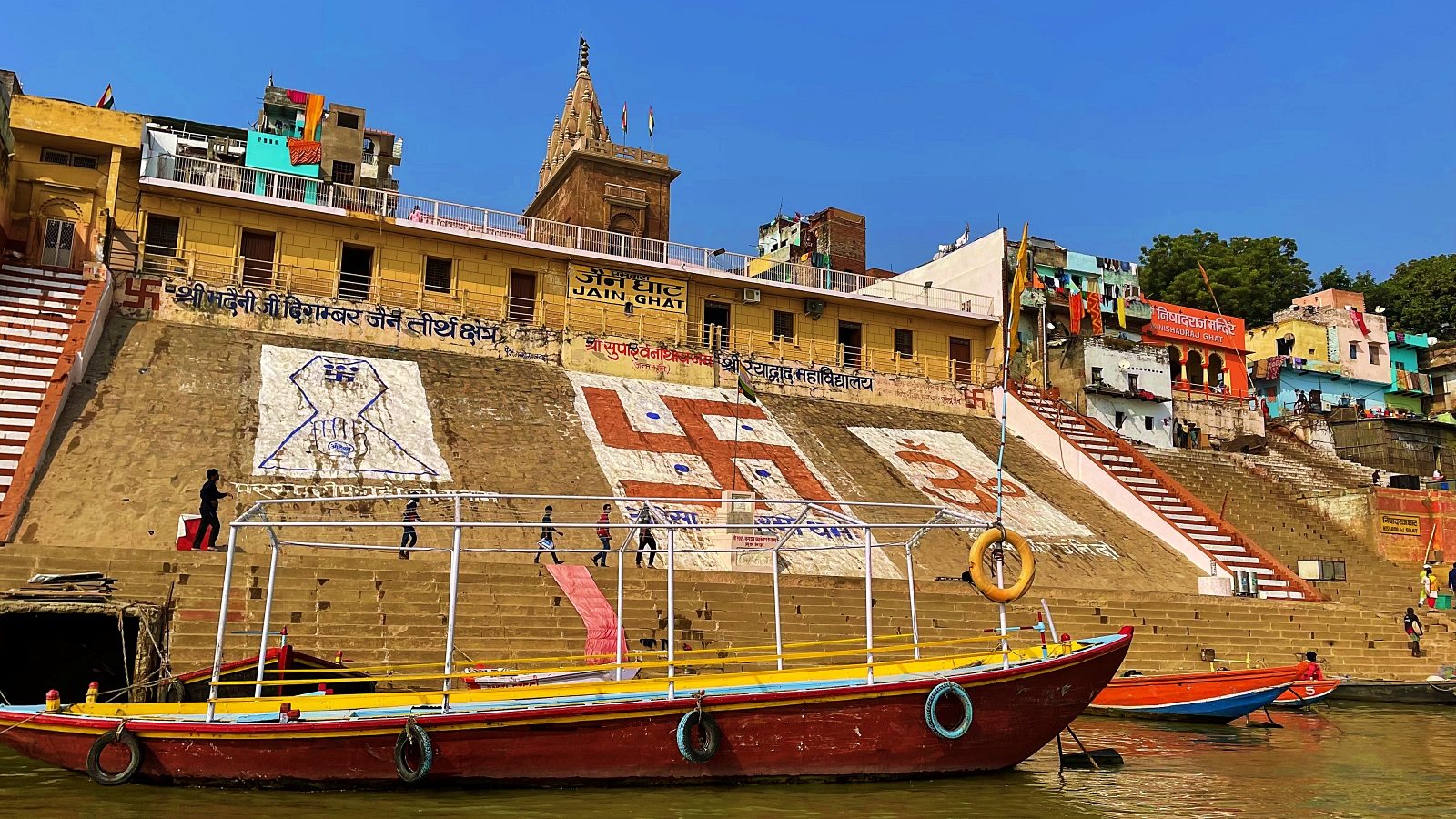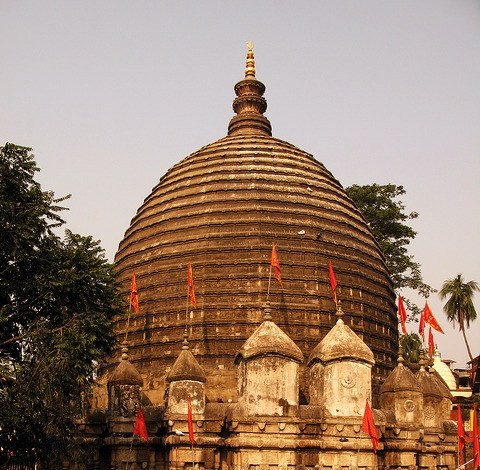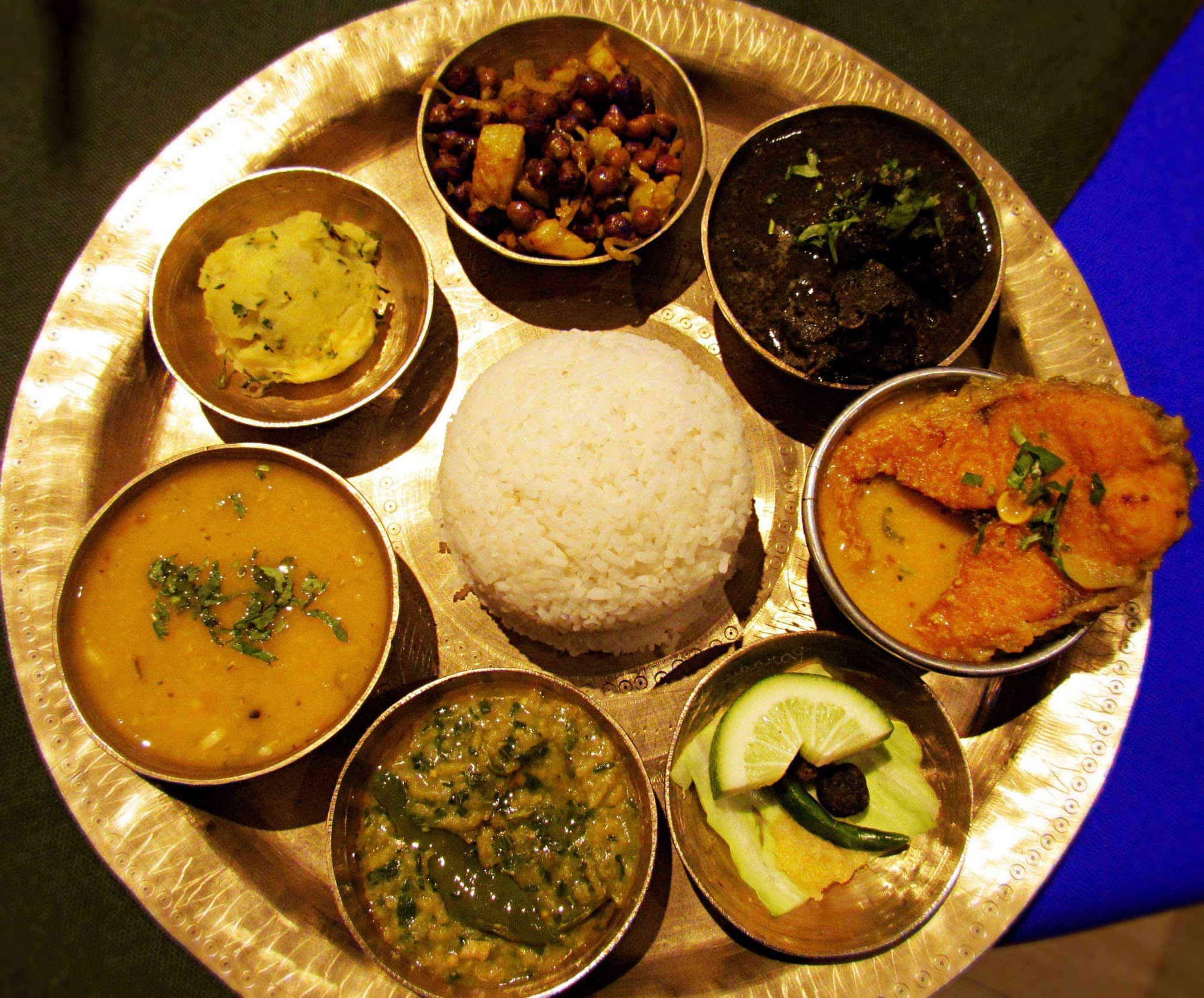Discover India’s Most Ancient Cities
India is a country of many wonders, with a vast and ancient history that spans thousands of years. From the timeless Taj Mahal to some of the oldest cities in the world, India has a rich and unique cultural heritage that is worth exploring. In this blog, we will take a look at the top 10 ancient cities in India and discuss their historic, cultural, and architectural significance, as well as their impact on modern India and their development over the centuries. We will also look at the conservation efforts in place for these ancient cities and their traditional and social importance to this day.
Table of Contents
Overview of Ancient Cities in India
The history of India’s ancient cities is a rich and complex one. From the ancient civilization of the Indus Valley to the bustling metropolitan hubs of today, India has a long and varied history of urban settlements. Throughout the centuries, many cities have been established and have grown to become integral parts of Indian society. From the ancient city of Varanasi to the megacity of Delhi, India is home to some of the oldest and most vibrant cities in the world. Each city has its own unique character and history, and many of these cities have played an important role in Indian history. From the ancient ruins of Hampi to the modern-day marvels of Mumbai, India is home to some of the world’s most extraordinary cities.
Top 10 Ancient Cities of India
India has a long history of amazing cities that have been built over the centuries. Here is a look at the top 10 ancient cities of India: Varanasi, Ujjain, Dwarka, Haridwar, Mathura, Kanchipuram, Allahabad, Madurai, Kashi, and Ayodhya. These cities have been around for centuries and many have remained significant cultural hubs throughout the years.

Varanasi, in particular, holds a special place in the hearts of many Hindus and it is known as the spiritual capital of India. Ujjain is another important city that has been the site of the famous Kumbh Mela and remains an important pilgrimage site for Hindus. Dwarka has been known to be the legendary city of Lord Krishna and is often referred to as the ‘Golden City of India’. Haridwar is another important pilgrimage site and is also known as the ‘Gateway to the Gods’.
Mathura is famous for being the birthplace of Lord Krishna and is also home to the famous Sri Krishna Janmabhoomi temple. Kanchipuram is a renowned temple city and is known for the numerous Shiva and Vishnu temples that are located here. Allahabad has been a major religious centre since ancient times and is home to the famous Kumbh Mela festival. Madurai is another important temple city that is home to the famous Meenakshi temple.
Kashi, also known as Varanasi, is one of the oldest cities in India and is renowned for its spiritual power and religious significance. Ayodhya, the capital of the ancient kingdom of Kosala, is where Lord Rama was born and is home to the famous Rama temple. These ancient cities are a testament to India’s long and rich history and are a must-visit for anyone who wants to explore India’s past.
Historic Significance of Ancient Indian Cities
Ancient Indian cities have a long and significant history. Many of these cities, such as Delhi, Kolkata, and Mumbai, date back centuries and have been integral parts of the Indian culture, economy, and political landscape. These cities have been witness to important events and have been instrumental in shaping India’s history. For example, Kolkata, formerly known as Calcutta, was the capital of British India and the site of the historic Calcutta Session of the Indian National Congress in 1906.
Similarly, Delhi was the imperial capital of the Mughal Empire and is home to many iconic monuments and monuments. Ancient Indian cities also represent some of the earliest examples of urban planning, with many of these cities featuring sophisticated engineering and planning techniques. Overall, ancient Indian cities are integral to the cultural and historical fabric of India, and their significance and impact on the nation’s history and culture cannot be understated.
Cultural and Architectural Significance
The ancient cities of India are renowned for their immense cultural and architectural significance. From the ruins of the Harappan Civilization to the majestic monuments of the Mughal Empire, India’s ancient cities have a rich history of art and architecture that has shaped the country’s vibrant culture.
These cities are home to some of the world’s most iconic monuments, including the Taj Mahal, Qutub Minar, Charminar, and Ajanta and Ellora Caves, among many others. They also boast various unique cultural practices, including Holi and Diwali, which are celebrated with great enthusiasm. In addition, many of these cities are renowned for their unique traditional cuisines, which have developed over centuries. Therefore, India’s ancient cities are a testament to its vibrant past, and are sure to inspire further exploration and appreciation of its culture and architecture.
Conservation of Ancient Indian Cities
India is renowned for its rich cultural heritage and its ancient cities are no exception. Home to some of the oldest cities in the world, preserving this heritage is of utmost importance. Conservation of India’s ancient cities is a priority for the nation, and several initiatives have been taken to ensure their preservation.
This includes archaeological excavations, educational programs, development of physical infrastructure, and the involvement of local authorities and citizens. For example, the city of Varanasi has been conserved by the government, where restoration and conservation efforts have been implemented. Additionally, the Indian government is also providing financial support to assist in the preservation of the country’s historical sites. Through such efforts, India is working towards preserving its ancient cities for generations to come.
Impact of Ancient Indian Cities on Modern India
Ancient Indian cities have left a lasting impression on modern India. From the ancient port cities of the Indus Valley Civilization to the grand Mughal cities, India’s vibrant cities have been the backbone of its cultural, economic, and political development. They have shaped the nation’s identity and have served as hubs of knowledge and commerce for centuries. Today, ancient Indian cities continue to be central to India’s success, providing a platform for social and economic transformation.
Famous monuments such as the Taj Mahal, the Red Fort, and the Qutub Minar remind us of the glory of Indian culture and architecture. These ancient cities also continue to serve as educational centers, offering a wealth of knowledge, resources, and opportunities to students and professionals alike. In addition, they are home to some of India’s most important industries, providing employment and economic growth to the nation as a whole. Ancient Indian cities have truly left an indelible mark on India’s past, present, and future.
Development of Ancient Indian Cities
Ancient India was home to several vibrant cities that developed over the centuries. These cities were the hubs of advanced commerce, culture, education, art, and architecture. Ancient Indian cities had strong, well-designed infrastructure, including roads, waterways, and public buildings. The cities were well-planned, with large walls and fortifications to protect them from external invasions.
Ancient India was home to some of the oldest and largest cities in the world, including Pataliputra, Taxila, Ujjain, Varanasi, and Madurai. These cities were noted for their unique features, including temple complexes, universities, monasteries, and markets. Ancient Indian cities were also important centers of trade and commerce, connecting India to the rest of the world. They played a major role in the spread of Indian culture and customs to other parts of Asia and beyond.
Traditional and Social Significance
The ancient cities of India are of great importance to the country both historically and culturally. These cities are a testament to the vibrant past of the country and have been integral in shaping India’s culture. These cities not only signify the grandeur and beauty of the country’s past, but they also serve as a reminder of the traditional values that are deeply entrenched in Indian society.
Many of these cities have been around for centuries and still maintain their traditional customs and beliefs. Not only are these cities important to India’s cultural heritage, but they also provide valuable insight into the social and religious practices of the country’s past. These cities are a living reminder of the grandeur and beauty of ancient India and its rich history, and are essential to understanding the traditions and values of the country.
India is home to many ancient cities that have been standing for centuries. These ancient cities of India contain immense cultural and historic significance and have played a major role in the development and growth of the country. The architecture and traditional and social significance of these ancient cities still remain a major part of India’s culture. The government has taken steps to conserve these cities in order to preserve the country’s heritage. Ancient Indian cities have had a profound impact on contemporary India, and have shaped the culture and values of the nation.



